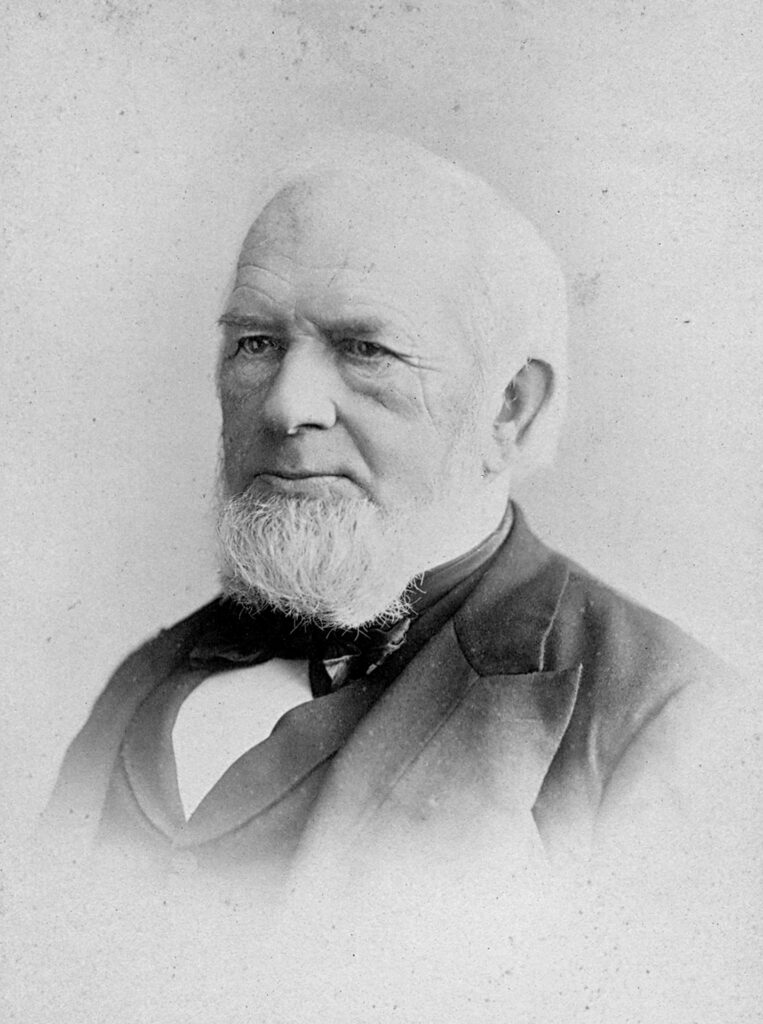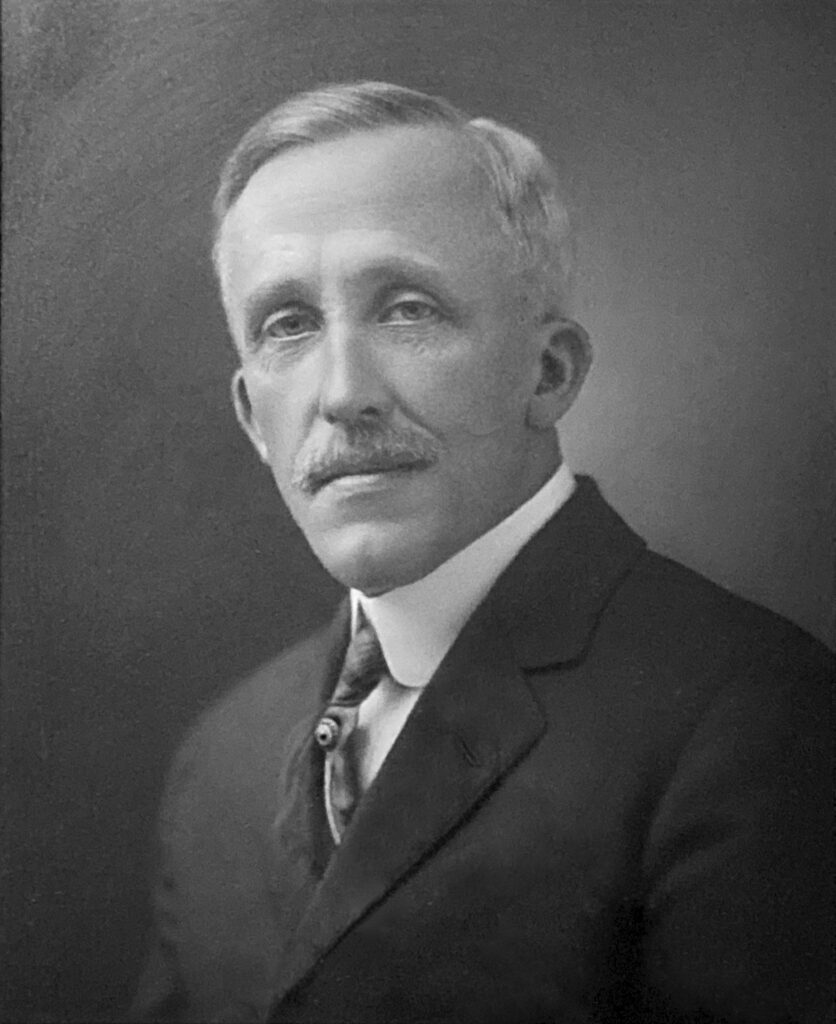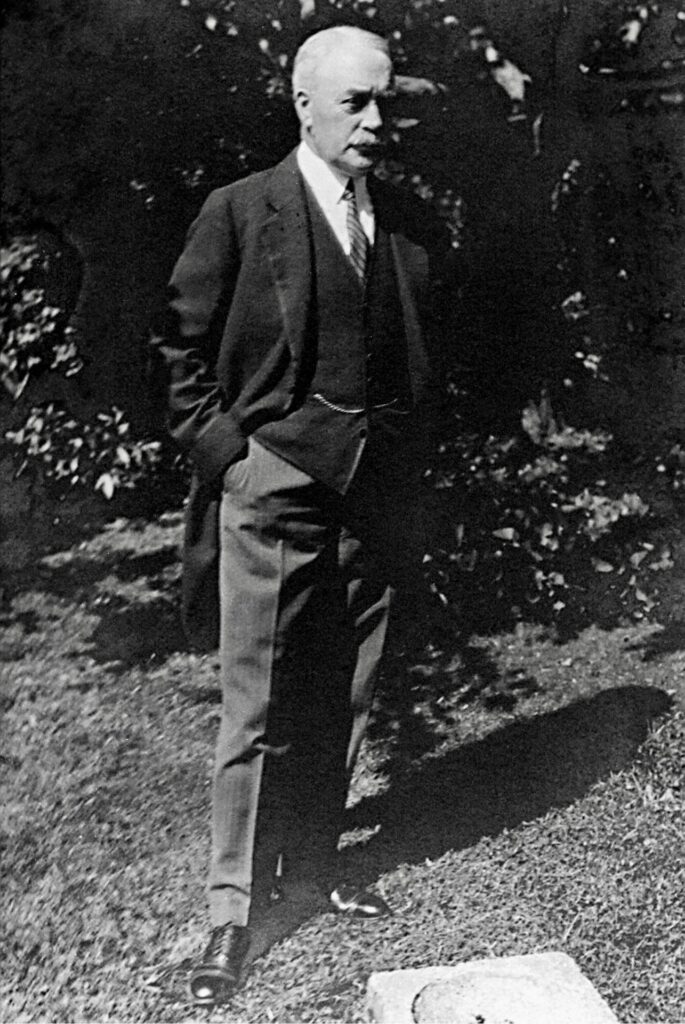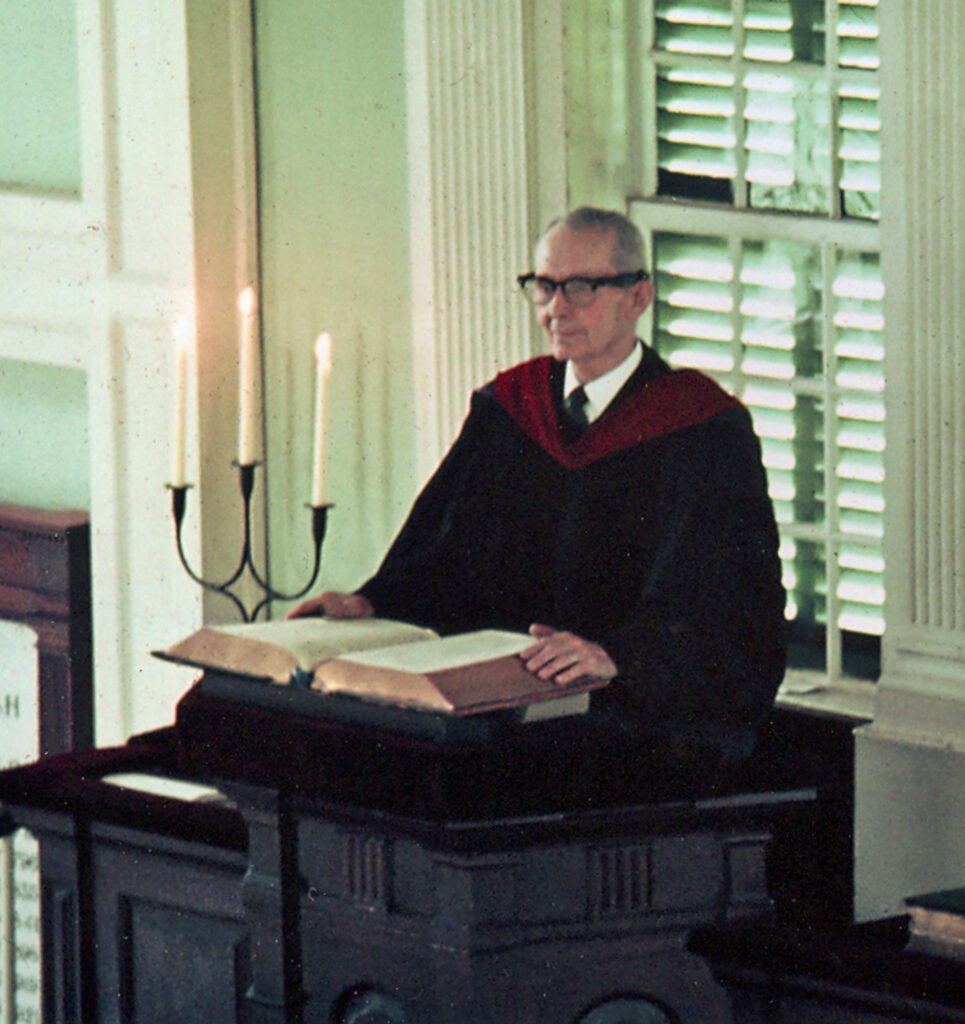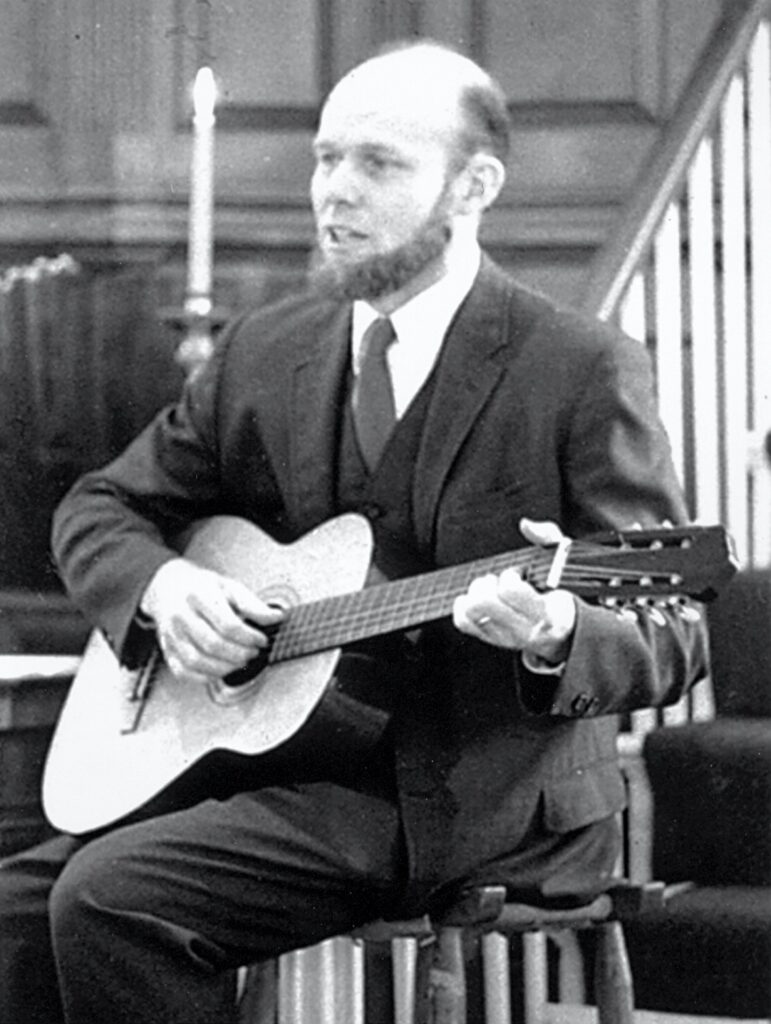Sermon copyright (c) 2023 Dan Harper. As delivered to First Parish in Cohasset. The sermon text may contain typographical errors. The sermon was actually delivered by Bev Burgess, worship associate, because I was out of town on family leave.
Reading
The reading this morning is an excerpt from a biography of Rev. William Emerson, the grandfather of Ralph Waldo Emerson, and minister of First Parish in Concord, Massachusetts, in 1775. This biography was written by Rev. Dana McLean Greeley, minister of the Concord church in 1975, and published in his book Know These Concordians: 24 Minutes Biographies (1975). Although Greeley was a pacifist, he was also a patriot, and fully appreciative of William Emerson’s military service in the Revolutionary War.
In 1765 William Emerson became the minister in Concord. He seems to have been as conscientious a pastor as he was studious as a scholar; and the indication is that he called constantly on his people, and likewise entertained both people and visitors at the Manse. He was friendly and warm, even if held somewhat in awe by many of his parishioners.
Eight years rolled by before the spirit of rebellion against the oppressiveness of King George III began to come to a head. The Concord minister had been among the patriots who were early spokesmen for the cause of freedom. With Jonathan Mayhew in Boston and Jonas Clarke in Lexington, he had used his pulpit to point out the injustice of the British rule, and to stimulate the imaginations and undergird the moral courage of his listeners. He had plenty of company in the town in support of his views, but he did not fail to exercise a role of leadership. So when the First Provincial Congress met in Concord, having moved there from Salem, it was not strange that as John Hancock of Boston was elected president, and Benjamin Lincoln of Hingham as secretary, so the Reverend William Emerson was elected chaplain. It is said that in the following Spring he watched the battle at the North Bridge from his house (on the 19th of April) and properly recorded it in his diary afterward, although there is also the suggestion that he may have been closer to his men, and encouraging them in the battle, and not just a spectator….
Before we speak of his departure to Ticonderoga, we must mention his going to Cambridge after the battle [at Concord], his constant service with the army, his breakfast and frequent meetings with George Washington, his preaching to the soldiers, and his participation at Bunker Hill. He himself did not distinguish between General Washington and the humblest soldiers. All men seemed to count equally in his sight….
On August 16, 1776, he bade a brave farewell himself to his family and his town, and knew not that he would never return…. He was at Ticonderoga, and then contracted a fatal disease, typhoid or dysentery, and died in Rutland, Vermont…. He had expected his own death, and his letters home were very tender…
The ‘Old Manse’ which he built for his bride, Phebe, and his family, is a continuing monument to him, but so is a bit of the independence of the United States of America.
Sermon: A Revolutionary Religion
We are rapidly approaching the United States of America semiquincentennial, or two hundred and fiftieth birthday. (There are, by the way, several words used for a two hundred and fiftieth birthday, but “semiquincentennial” is what the National Park Service calls it.) Most of the United States will be celebrating the nation’s semiquincentennial in 2026, but those of us who live here in Massachusetts know that the real semiquincentennial anniversary commemorates April 19, 1775, what we call Patriots’ Day.
April 19, 1775, marked the real beginning of the Revolutionary War. The momentous events of that day are sometimes called the Battle of Concord and Lexington, but to use that term ignores the fact that several other towns also saw armed conflict. In fact, the first colonist blood of the war was shed in the town of Lincoln, just after midnight, when one of His Majesty’s troops slashed Lincoln militiaman Josiah Nelson on the head with a sword. And some of the most heated fighting took place in Menotomy, which is now called Arlington. And dozens of towns sent militia men and Minute Men to the battle. But for the sake of convenience, I’ll call it the battle of Concord and Lexington. (1)
As we approach America’s semiquincentennial, I would like us Unitarian Universalists to remember that our co-religionists were right in the thick of the Revolutionary War from the very beginning. Both Unitarians and Universalists were deeply involved in the American Revolution.
The first major engagement on the morning of April 19, 1775, was in Lexington, where at sunrise several hundred Redcoats fired at a small interracial company of colonial militiamen, killing eight and wounding several more. This engagement took place on the town green, right next to the church. The congregation that met in that building is still in existence, and is now called First Parish in Lexington, and it later became a Unitarian Universalist church. The commander of the Lexington militia was a man named John Parker, who famously said, “Stand your ground. Don’t fire unless fired upon, but if they mean to have a war, let it begin here.” But John Parker should also be remembered because the small company he commanded included both Black and White militia men. (2)
John Parker did not live long enough to hear the name “Unitarian” applied to his religion, though we usually consider him to have been a Unitarian on the basis of his church affiliation. But the succeeding generations of the Lexington Parkers were very definitely Unitarians. One of John Parker’s grandsons, Theodore Parker, was a Unitarian who inherited his grandfather’s revolutionary spirit, in more ways than one. Theodore grew up to become a Unitarian minister, a Transcendentalist, and an abolitionist. As an abolitionist, he sheltered people escaping from slavery in his own house, and later recalled that at times he had to keep a loaded pistol on the desk beside him as he wrote his sermons, in case the slave catchers came to his door. (3)
To return to the events of April 19, 1775 — After marching through Lexington, His Majesty’s troops continued on to Concord, where their spies had informed them that the colonists were storing ammunition, cannon, and firearms. Realizing that they were greatly outnumbered, the colonial forces withdrew from Concord center. This was a strategic withdrawal, for they knew that the alarm was being spread throughout the countryside, and that soon militia companies and Minute Men from other towns would swell their numbers. At about ten o’clock in the morning, they marched down a hill and engaged a small unit of Redcoats guarding the North Bridge that lead back into Concord center. Right next to this bridge stood the house of Rev. William Emerson, the patriotic minister of the Concord church, about whom we heard in the reading this morning. William Emerson made sure his wife and family were safe in their house, then went on to join the colonial troops. (4)
And here comes another Unitarian grandchild connection. One of William Emerson’s grandchildren was Ralph Waldo Emerson, who became a Unitarian minister, then left ministry to pursue a career as a public intellectual. Ralph Waldo Emerson wrote the famous “Concord Hymn” to commemorate the events of April 19, 1775:
“By the rude bridge that arched the flood,
Their flag to April’s breeze unfurled,
Here once the embattled farmers stood
And fired the shot heard ‘round the world.”
Emerson fired his own shots heard round the world, with his electrifying essays on topics like self-reliance, and nature. He was not as physically combative as his contemporary Theodore Parker — he never kept a pistol on his desk, nor did he help fugitive slaves escape to Canada (though his wife might have) — but Emerson was intellectually combative. He made clear the crucial importance of each individual. When we talk about the radical concept of the inherent worth and dignity of every human personality, much of what we say comes straight from Emerson. And with his disciple Henry Thoreau, who also grew up a Unitarian, Emerson helped lay the foundations for the modern environmental movement, another revolutionary movement that carries on American ideals.
The Emersons and the Parkers are just two examples of the connections between Unitarianism and the American Revolution. I could also mention Kings’ Chapel in Boston. King’s Chapel started out as part of the Church of England, but by 1775 they were a congregation of Patriots who felt compelled to sever their ties with anything British. And when they severed their ties to the Church of England, they found they also wanted to sever their ties to the doctrine of the Trinity. So in 1785 they became the first avowedly Unitarian congregation in the new United States of America.
Now let me turn to the Universalist side of our heritage. I’ll begin with a brief mention of Benjamin Rush, one of those who signed the Declaration of Independence in 1776. While Rush never joined a Universalist church, he was a firm believer in the central message of Universalism, that all persons would be saved. Universalist historian Charles Howe writes, “Rush’s shift from Calvinism to universalism was profoundly influenced by the social changes of the Revolutionary era. He embraced republicanism as an essential part of” his religious outlook. (5) Thus, to embrace the political doctrine that all persons are created equal, lead Rush directly to the equivalent religious doctrine. We could only wish that today’s Christian nationalists would follow Benjamin Rush’s example.
Another Universalists who was in the thick of the Revolution was Rev. John Murray, the first prominent Universalist minister in British North America. He converted to Universalism while a young man in England, then after the death of his wife came to the New World in 1770, where he began preaching the happy religion of Universalism. By 1774, his preaching had attracted the attention of a group of wealthy merchants in Gloucester, Massachusetts. They had become convinced Universalists and wanted to find a Universalist minister. Murray was as interested in them as they were in him, but the Revolutionary War intervened before he could go to Gloucester. In order to support the Patriots’ cause, John Murray entered military service as the chaplain to the Rhode Island Continental Army during the defense of Boston.
By March, 1776, Murray was apparently part of the inner circle of the Continental Army. On March 10, James Bowdoin, a member of the Massachusetts Council, recorded that “Mr. [John] Murray, a clergyman, din’d with the General [George Washington] yesterday, and was present at the examination of a deserter, who upon oath says that 5 or 600 [British] troops embarked the night before without any order or regularity….” (6) There are two things of interest to us in this passage. First, John Murray was close enough to General Washington to dine with him. Second, John Murray was intimate enough with General George Washington that he was able to be present as they were finding out crucial military intelligence. Perhaps Murray’s military service included military intelligence work as well as chaplaincy.
Nor was John Murray the only Universalist or Unitarian clergyman who helped with military intelligence. The Rev. Dr. Samuel West, minister of the Dartmouth church which later became First Unitarian of New Bedford, was also involved in military intelligence. After the Battle of Bunker Hill, West joined the American army as a chaplain. The details of his service as a chaplain have been lost, except for one incident. While in the army, he assisted General Washington by deciphering a letter written in code by Benjamin Church, an American officer who was suspected of being a spy. In the eighteenth century, it was not uncommon to encipher personal correspondence since there was no formal postal service, and letters were not secure; therefore, just because the letter was enciphered was not evidence that Church was a spy. Washington needed to have the cipher broken, and the brilliant Dr. West was one of only three men who were capable of doing so. West worked alone, the other two worked together, and then their deciphering was compared. Their versions agreed perfectly, and through the efforts of West and the two others, Church was revealed as a British spy. (7)
So you can see that both Unitarians and Universalists were deeply involved in the Revolutionary War. In the United States today, the Christian nationalists claim that they are the only religious patriots. We Unitarian Universalists have a far better claim to being religious patriots, not just because of our historical connections (which the Christian nationalists lack), but because our religion upholds the Revolutionary ideals of democracy and equality of all persons (ideals which the Christian nationalists constantly subvert).
I wish we Unitarian Universalists would reclaim our patriotic identity. But sometimes I feel that we Unitarian Universalists have lost sight of our Revolutionary connections. When we issued a new hymnal in 1993 — that gray hymnal which we still use — all the patriotic hymns got left out. I can understand leaving out “America the Beautiful,” because the whole rhyme scheme of the first verse depends on rhyming the word “brotherhood,” which goes against our Revolutionary ideals by excluding women. But I do think we could have left in “My Country ‘Tis of Thee,” if for no other reason than the last phrase of the first verse: “Let freedom ring.” Every time I hear that phrase, I can hear Rev. Dr. Martin Luther King, Jr., using that phrase in his “I Have a Dream” speech. Martin Luther King, Jr., upheld the Revolutionary ideals of our country by calling for freedom for all persons, regardless of race. Thus when I sing “My Country ’Tis of Thee,” I hear King’s call for ongoing justice in America.
If we were to bring patriotic hymns back to our hymnal, we might also consider “The New Patriot,” which we sung as our first hymn. This hymn was included in the 1977 hymnal that was published by First Unitarian Church of Los Angeles, and it captures some of the essence of today’s Unitarian Universalist patriotism. We Unitarian Universalists value our own democratic country, but we also value world community. We owe allegiance to the United States, upholding the high ideal that all persons are created equal — but we also want to extend that high ideal to all persons everywhere.
This should be the broader vision of Unitarian Universalism. We should continue to uphold our patriotic support of the United States; at the same time, we should continue to hold the United States accountable when our country falls short of living up to its highest ideals. We should continue to uphold our country’s sovereign rights; at the same time, we should continue to work towards world community. And both here at home and abroad, we should continue to promote not just our democratic ideals and our ideals of equality, but also things like our ideals of environmental protection.
Another way to say all of this: We should continue to be patriots. We should continue to display the American flag inside our Meeting House, upstairs in the gallery. And we should continue to hold our country accountable to our high ideals of equality for all persons, for example by flying the rainbow flag from our Meeting House. And we should also be the “New Patriots” spoken of in the final hymn, patriots “whose nation is all humanity.”
As we approach the semiquincentennial of the beginning of America, perhaps we will also want to find other ways to show our Unitarian Universalist patriotism. I don’t know what that would look like for us here in Cohasset, but I’ll tell you a little story of how another Unitarian Universalist congregation showed its patriotism.
When I worked at First Parish in Lexington, the church of John Parker and Theodore Parker, they still celebrated communion once a year, even though the majority of the congregation were atheists who had no interest in traditional Christian communion. But they had a different approach to communion. On the Sunday nearest April 19, they retrieved a few pieces of ancient communion silver from the local history museum. Some people would show up that Sunday dressed in 18th century garb (mind you, they left their muskets at the door of the church building, just as the Lexington militia did when they went to Sunday services back in 1775). Celebrating communion on Patriots’ Day was both a historical re-enactment, and also a public affirmation of the ideals of equality and democracy that are central both to Unitarian Universalism and to the United States.
I don’t think we should start holding Patriots’ Day communion services in our congregation. Cohasset is not Lexington. (8) But I do think we should remember that our ancient Meeting House was the scene of stirring events during the American Revolution. The old church records show that some sort of hiding place was made somewhere in this building to hide firearms and ammunition during the Revolution. (9) And then, in 1776 Rev. John Brown, then the minister of our congregation, gave a stirring reading of the Declaration of Independence from this very pulpit.
As we approach the two hundred and fiftieth anniversary of the birth of the United Sates of America, we owe it to ourselves — we owe it to the town of Cohasset — we owe it to our country to commemorate these stirring events, and to renew our commitment to the highest ideals of democracy. I’m looking forward to opening our Meeting House more often to visitors, with people from our congregation serving as docents to talk about our Revolutionary history. I’m looking forward to commemorating John Brown’s stirring reading of the Declaration of Independence this July, on the Sunday closest to Independence Day. And perhaps you will think of other ways we can celebrate our history, celebrate our patriotism, celebrate the semiquincentennial of the United States. So together we can keep alive the highest ideals of democracy, freedom, and equality.
Notes:
(1) The information about the Battle of Concord and Lexington comes from standard reference books, esp. Frank Warren Coburn, The Battle of April 19, 1775, in Lexington, Concord, Lincoln, Arlington, Cambridge, Somerville, and Charlestown, Massachusetts (Lexington, Mass.: privately printed, 1912), and Robert A. Gross, The Minutemen and Their World (New York: Hill and Wang, 1976).
(2) For an excellent detailed account of one Black militia man, see: Alice Hinkle, Prince Estabrook: Slave and Soldier (Pleasant Mountain Press, 2001). My copy is signed by the man who for many years acted the part of Prince Estabrook during the annual re-enactment of the Lexington engagement.
(3) For the story of the loaded pistol, see Albert Réville , The life and writings of Theodore Parker (London: Simpkin, Marshall, & Co., 1865), pp. 112-114; and Francis E. Cooke, The Story of Theodore Parker (London: Sunday School Association, 1890), pp. 100-101.
(4) In his book Know These Concordians: 24 Minute Biographies (Concord, Mass.: privately printed, 1975), Dana Greeley gives the oral tradition sources which state that William Emerson joined the soldiers; I find Greeley’s argument convincing. William Emerson’s diaries are published in Amelia Forces Emerson, ed., Diaries and Letters of William Emerson, 1743-1776 (Boston: privately printed, 1972).
(5) Charles Howe, “Benjamin Rush,” Unitarian Universalist Dictionary of Historical Biography, https://uudb.org/articles/benjaminrush.html
(6) Quoted in J. Bell, “I hear that General How said…”, Boston in 1775, March 6, 2023 entry,
https://boston1775.blogspot.com/2023/03/i-hear-that-general-how-said.html
(7) This story is told in my book Liberal Pilgrims: Varieties of Liberal Religious Experience in New Bedford, Massachusetts (New Bedford, Mass.: privately printed, 2008).
(8) So there is no confusion, I should say that I, like Ralph Waldo Emerson, would politely refuse to officiate at communion services, for much the same reasons that Emerson gave in his famous sermon, “The Lord’s Supper,” available online at https://emersoncentral.com/texts/uncollected-prose/the-lords-supper/
(9) Eric Kluz, a retired architect and long-time member of First Parish, told me that during a 1980s renovation of the east wall of the Meeting House, a late 18th century firearm was found hidden in the south east corner in the wall, at about the level of the pew back. The town records show that a “closet” was built in the Meeting House to hide arms and ammunition; perhaps this closet was made behind the pews in the southeast corner of the building. That firearm was donated to the Cohasset Historical Society.
